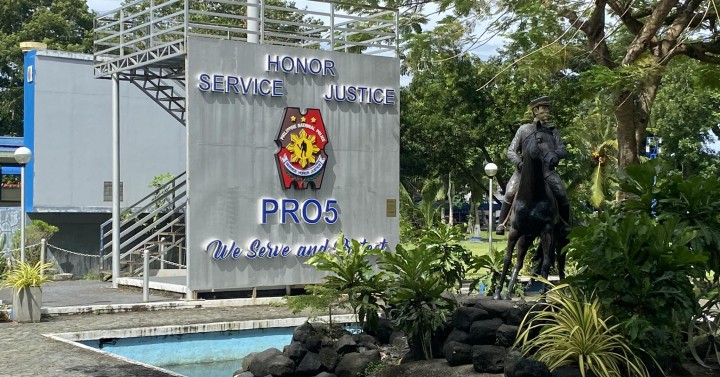Ramos Signs AFMA: A New Era for Philippine Agriculture and Fisheries
Comprehensive modernization act seeks to boost rural incomes, productivity, and export competitiveness
In December 22 1997, President Ramos signs Republic Act 8435 — the Agriculture and Fisheries Modernization Act (AFMA) — setting the blueprint for transforming rural sectors. The law promises fiscal incentives, institutional reform, and greater support to farmers and fisherfolk. The measure could prove pivotal in reducing poverty and balancing regional development.
MANILA — On 22 December 1997, President Fidel V. Ramos signed into law Republic Act 8435, known as the Agriculture and Fisheries Modernization Act (AFMA). Wikipedia AFMA lays a comprehensive framework for transforming agriculture and fisheries sectors — traditionally lagging in growth — into more efficient, competitive, and profitable engines of rural development.
Goals and Components
AFMA sets out five major strategic thrusts: (1) poverty alleviation and social equity, (2) food security, (3) global competitiveness, (4) sustainable resource management, and (5) income profitability for farmers and fisherfolk. Wikipedia To realize these goals, AFMA includes fiscal support (e.g. exemptions of tariff duties for accredited enterprises for up to five years) and institutional reforms, such as reorganizing agricultural agencies for better service delivery.
Under Section 109 of AFMA, enterprises engaged in agriculture and fishery may receive tariff duty exemptions for five years, provided they are duly certified by the Department of Agriculture in coordination with the Department of Finance and the Board of Investments (BOI). Wikipedia This incentive is aimed at encouraging private investment into modern equipment, inputs, and processing facilities.
Rationale and Timing
Agriculture remains a cornerstone of the Philippine economy, sustaining the majority of rural households. But its productivity has lagged behind other sectors such as industry and services. With rising global competition, climate risks, and resource pressures, the Ramos government deemed it crucial to modernize farming and fishing, strengthen value chains (from inputs to processing to marketing), and empower rural communities.
Significantly, the enactment comes amid increasing economic uncertainty. With signs of financial instability in East and Southeast Asia, the law arrives as a signal: that the government still commits to long-term structural reform even in a tighter global environment.
Implications for Rural Areas and Local Business
For farmers and fisherfolk across Luzon, Visayas, and Mindanao, AFMA could translate into access to better seeds, modern farming technology, irrigation, rural credit, and training. It may also spur local processing industries (e.g. agribusiness, cold storage, packaging) in formerly isolated areas. Local agro-processors, input suppliers, cooperatives, and logistics firms are likely to see new opportunities.
In provinces like Cavite and adjacent areas, agro-industrial firms may consider forward integration — e.g. processing, export packaging, value-added products — as incentives under AFMA lower import duties on capital goods and inputs. Local firms already engaged in supply chains (e.g. fertilizer, feed, fishpond equipment) will likely intensify efforts to expand reach and improve quality.
Challenges and Skepticism
Despite its ambitious design, AFMA faces multiple hurdles. First, institutional capacity: many agricultural agencies suffer from underfunding, bureaucratic complexity, and weak coordination. Will they deliver the services and enforce certification fairly? Second, financing: rural credit remains sparse, and farmers often face high interest rates or limited collateral access. Third, adoption risks: producers may be hesitant to adopt unfamiliar technology without assurance of markets, training, and risk mitigation.
Critics also warn of potential inequality: better-off farmers or those closer to infrastructure may benefit more than remote or marginalized communities. Ensuring that smallholders, indigenous groups, and fisherfolk are included will require targeted interventions.
Outlook and Significance
AFMA has the potential to be a watershed moment in Philippine rural policy. If implemented effectively, it may shift the agriculture and fisheries sectors from stagnation to gradual modernization, improve incomes, and help reduce rural poverty (which had declined to ~32 % in 1997, though many still remain in subsistence.) DCED -+1
In the coming years, the measure will be judged by how well funds flow to local projects, how private sector partnerships evolve, and whether productivity gains are sustained. For now, farmers, cooperatives, and local business groups are watching closely, hopeful that AFMA can translate policy promise into rural revitalization.


Leave a Comment